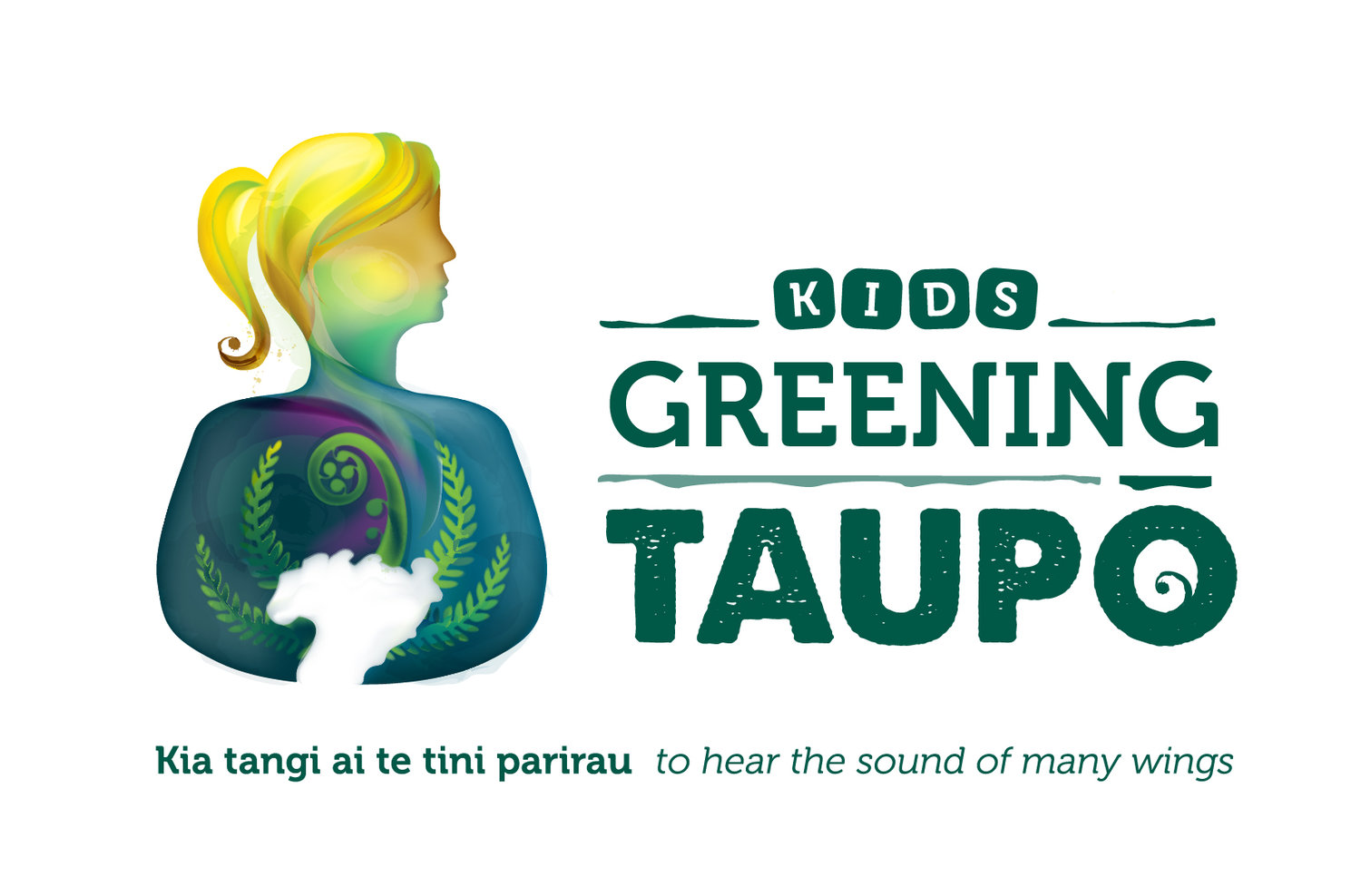Learn about NZ Wasps
Introduced Wasps- Our worst invertebrate predator
We all know that wasps can give us a nasty sting, but did you know that wasps in New Zealand are a danger to our ecosystem? That means they can upset the balance in nature and are a danger to our native animals. The wasps that you see regularly in New Zealand are social wasps, all introduced from overseas. As they have few predators here, they have thrived and we now have a big problem with them. In fact, New Zealand has the highest densities of these wasps in the world! They eat our native bugs and can even kill chicks, but one of the biggest issues with wasps is their damage to the ecosystems in our beech forests. Our beech trees are home to scale insects which suck the sap and produce honeydew. This is then eaten by our nectar feeding birds like tui, kākā, and korimako (bellbirds). It is a very important food source for them in the winter when there are not many flowers. Unfortunately, when the wasps eat the honeydew, they actually kill the scale insects in the process. This disrupts a large ecosystem reliant on the honeydew. This problem is so bad that in some New Zealand beech forests, the weight of all the wasps present, is more than the weight of the birds!
Learn more about the beech tree honeydew ecosystem here
Read more about the devastating effects of introduced wasps and the damage that they do here
Watch a good video about the damage caused by wasps here
Read interesting facts about about introduced wasps here
Native Wasps
We do have native wasps, in fact 1000s of species of them! However, you have probably never even noticed them, as they are small and rarely sting us. Many are very tiny and wingless, like ants. They often live in leaf litter. Most of them are parasitic, they lay their eggs inside other animals (such as caterpillars) and when the eggs hatch, that animal is the grub’s food! There are some larger native wasps that are hunting wasps, often found living in holes in the ground. They use a sting to paralyse their prey (insects or spiders) and can then drag it back to their nest for their larvae. This all sounds pretty horrible, but it actually means that they are useful, as they help to control other insects. Read more about this here.
Activities
Citizen Science: Identify and Report Wasps
Identify introduced species of wasps and destroy nests (with adult help of course!)
